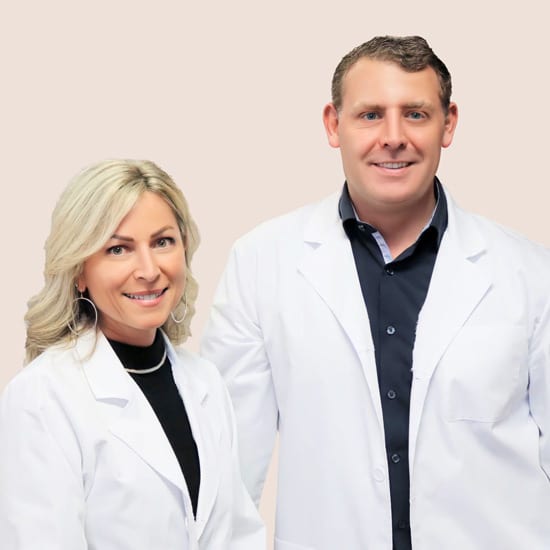Scoliosis Treatment

Scoliosis Specialist
Scoliosis is a term used to describe sideways curving of the spine that usually occurs in adolescence. The human spine is typically shaped with a curve at the top of the shoulder and the lower back. Scoliosis is a condition where the spine is abnormally curved. There is no known cause for the majority of scoliosis cases.
Scoliosis is a problem in the skeletal system that causes structural deformity and affects the internal organs. It interferes with their functioning, thus depriving the body of oxygen and nutrients. As scoliosis becomes severe, it gets more challenging to treat, increasing the need for surgical intervention.
Our Tacoma chiropractors treat scoliosis through chiropractic treatment to reduce the symptoms’ severity. Dr. Bradley Eyford, DC, a trusted chiropractor in Tacoma, evaluates scoliosis and creates a treatment plan that includes chiropractic adjustments, therapies, and lifestyle changes to keep you healthy.





symptoms of Scoliosis?
Scoliosis primarily affects the skeletal system causing postural problems and the following symptoms:
- Uneven shoulders
- Uneven waist
- One hip higher than the other
The structural deformity eventually affects other organs and may cause the following symptoms:
- Pain
- Breathing difficulty
- Bowel problems
- Discomfort
Types Of Scoliosis
Scoliosis affects people of different age groups, and the reason behind it may vary for all. Broadly, scoliosis can be classified as:
- Congenital Scoliosis
It is the least common type of scoliosis, with an incidence of about 1 in 1000 babies. It is seen as a congenital disability where newborn babies are born with a curved spine.
- Acquired Scoliosis
Acquired scoliosis is when the spine becomes curved due to an apparent reason, like a neuromuscular disorder. However, the cause remains unknown in most cases, such as idiopathic adolescent scoliosis that occurs after puberty.
Causes Of Scoliosis
Conditions that affect the spine structure and cause scoliosis include:
- Neuromuscular problems
- Physical deformity secondary to trauma
- Muscle spasms
- Congenital disabilities
- Spine injuries and infections
Other rare causes include cerebral palsy and muscular dystrophy.
Scoliosis Treatment
Most children who have scoliosis have mild curves that don’t usually require a brace or surgery. However, the treatment options for children with mild scoliosis include:
- Regular follow-up to note if there’s any additional bending in the spine as they grow
- Non-steroidal anti-inflammatory drugs (NSAIDs) such as ibuprofen and naproxen for temporary pain relief
- Pressure point massage
- Strengthening exercises
In severe scoliosis, many factors are taken into consideration before deciding the mode of treatment.
These include gender, the severity of the curve, the curve’s location, and the child’s maturity. Wearing a brace for scoliosis is a non-surgical option that halts the spine’s progression of curving and bending.
Surgery is inevitable in severe scoliosis causing structural deformity and other complications. The surgery comprises bone grafting and spinal fusion so that there is no longer a curve. Spinal reconstruction may also be considered for the same purpose.
Chiropractic Treatment For Scoliosis
Another effective non-surgical, non-medical therapy for the treatment of scoliosis is chiropractic care. Chiropractic treatment does not reverse the spine’s bending, but it helps alleviate its symptoms.
The regular spinal adjustment reduces pain, restores joint mobility, and helps with postural stability. Stretching, various therapies like massage therapy and physical exercise also help allow mobility.
Tacoma Chiropractic Health Connection clinic effectively treats scoliosis. We use our experience and knowledge to provide the highest quality of care to our patients.
Long Term Problems of Untreated Scoliosis
Mild scoliosis seldom causes many complications. Severe curving of the spine, however, can result in the following:
- As the thoracic cavity volume decreases, the heart and lungs cannot function well. The organs squeeze and compress over each other, leading to their damage.
- Scoliosis can cause severe back pain. It affects the nerves, compresses, and irritates them, resulting in inflammation. This can ultimately lead to problems in the area which are innervated by affected nerves.
- Worsening scoliosis affects the person’s height, resulting in structural deformity and growth problems in children.
Frequently Asked Questions About Scoliosis
Are Tacoma, WA Chiropractors good for scoliosis?
Chiropractic scoliosis treatment works extensively for the alleviation of scoliosis symptoms. It does not reverse the spine deformity, but regular spinal adjustment and spinal decompression reduce pain, improve posture, and comfort the patient. The functioning and mobility of the joint also increase with time.
Is gymnastics bad for scoliosis?
Gymnastics can worsen the abnormal curvature of the spine, exaggerating scoliosis. Repeated extension of the spine, such as back bending, jumping jacks, ballet dancing, and some yoga positions, is harmful to scoliosis.
Does scoliosis worsen with age?
Scoliosis in younger adults does get worse with increasing age. Usually, minor curves do not worsen, but severe curves of 50 degrees or more may grow 1 to 2 degrees each year.
What does scoliosis pain feel like?
Nerve compression due to scoliosis results in back pain radiating down to the legs and feet. Some sensory loss may include weakness, numbness, and tingling in the feet or affected nerve distribution areas.
Can scoliosis affect bowel movements?
The skeletal changes secondary to scoliosis affect the abdominal cavity and disturbs the functioning of the organs within it. Secondary problems like reflux, regurgitation, stomach ache, irritable bowel syndrome, and constipation arise.
Isn’t Scoliosis Caused by a Lack of Calcium?
Calcium deficiency affects the skeletal system and has some association with scoliosis. However, replenishing the body’s stores of calcium does not reverse scoliosis.
Isn’t a Certain Amount of Sideways Curvature Normal?
The normal spine does show some mild degree of curvature. From the side view, the spine looks s-shape. The upper curve of the spine is called kyphosis, while the lower curve is lordosis.
What organs are affected by Scoliosis?
The skeletal changes due to scoliosis affect the body’s vital organs, that are, the heart and the lungs. The impact on the heart and lungs deplete the body of nutrition and oxygen. Scoliosis of the spine affects the nerves too, that pass through it, further affecting other organs.
Can Scoliosis affect your height?
The effect on height depends on the severity of scoliosis. In mild scoliosis, the height is usually not affected. With severe scoliosis, the spine curves significantly, and the person may notice their height has decreased. In children, it affects growth and results in short stature.

